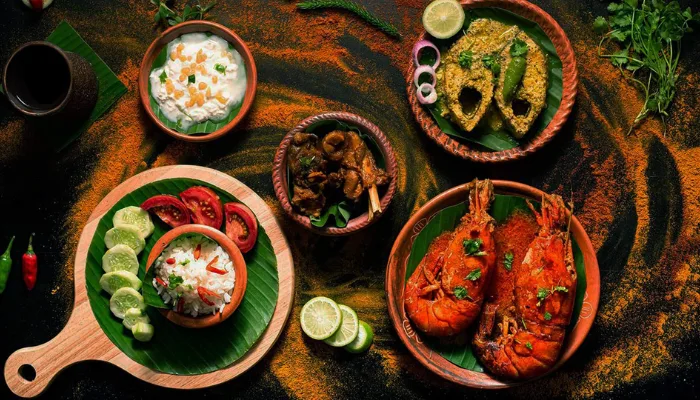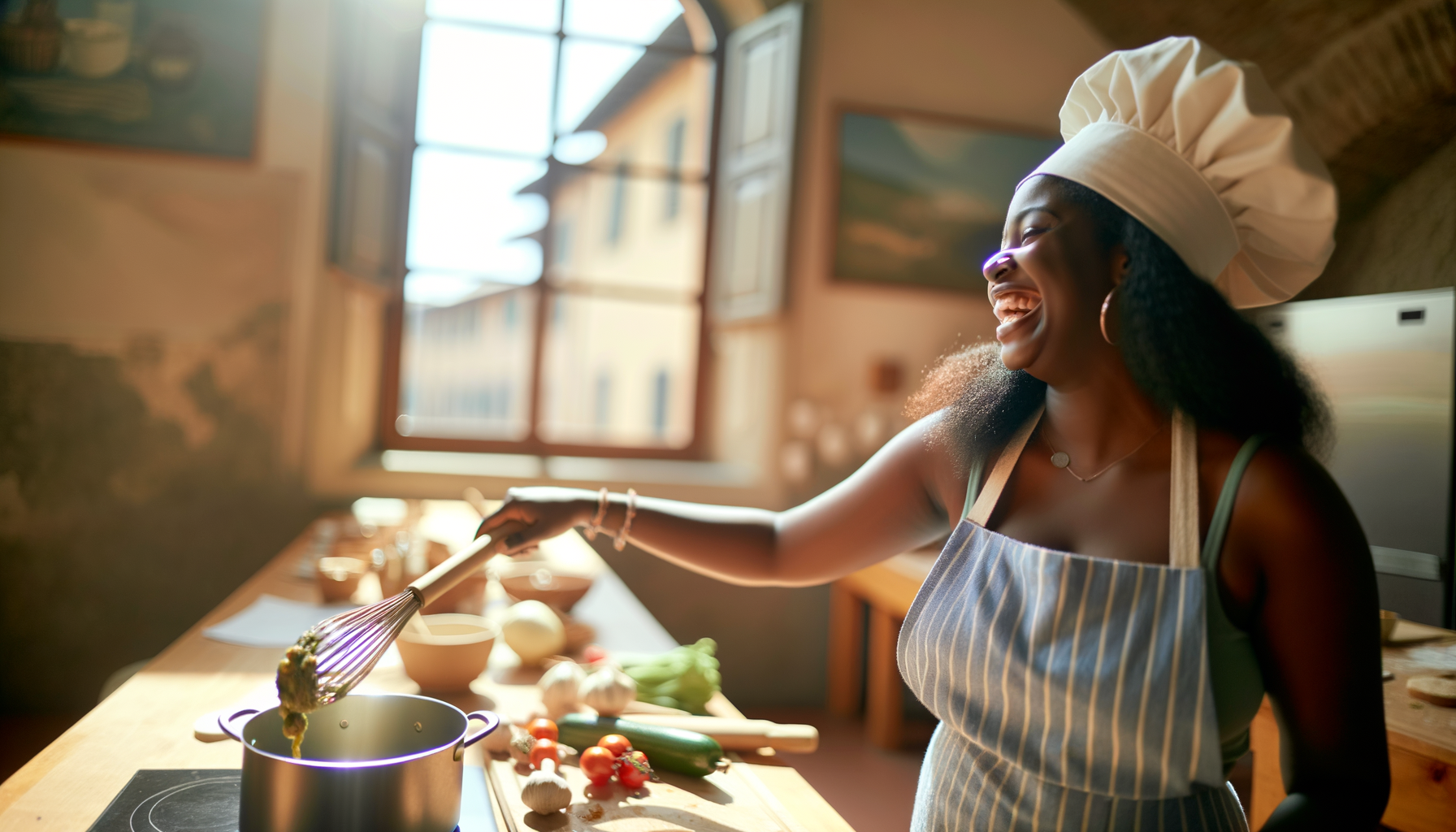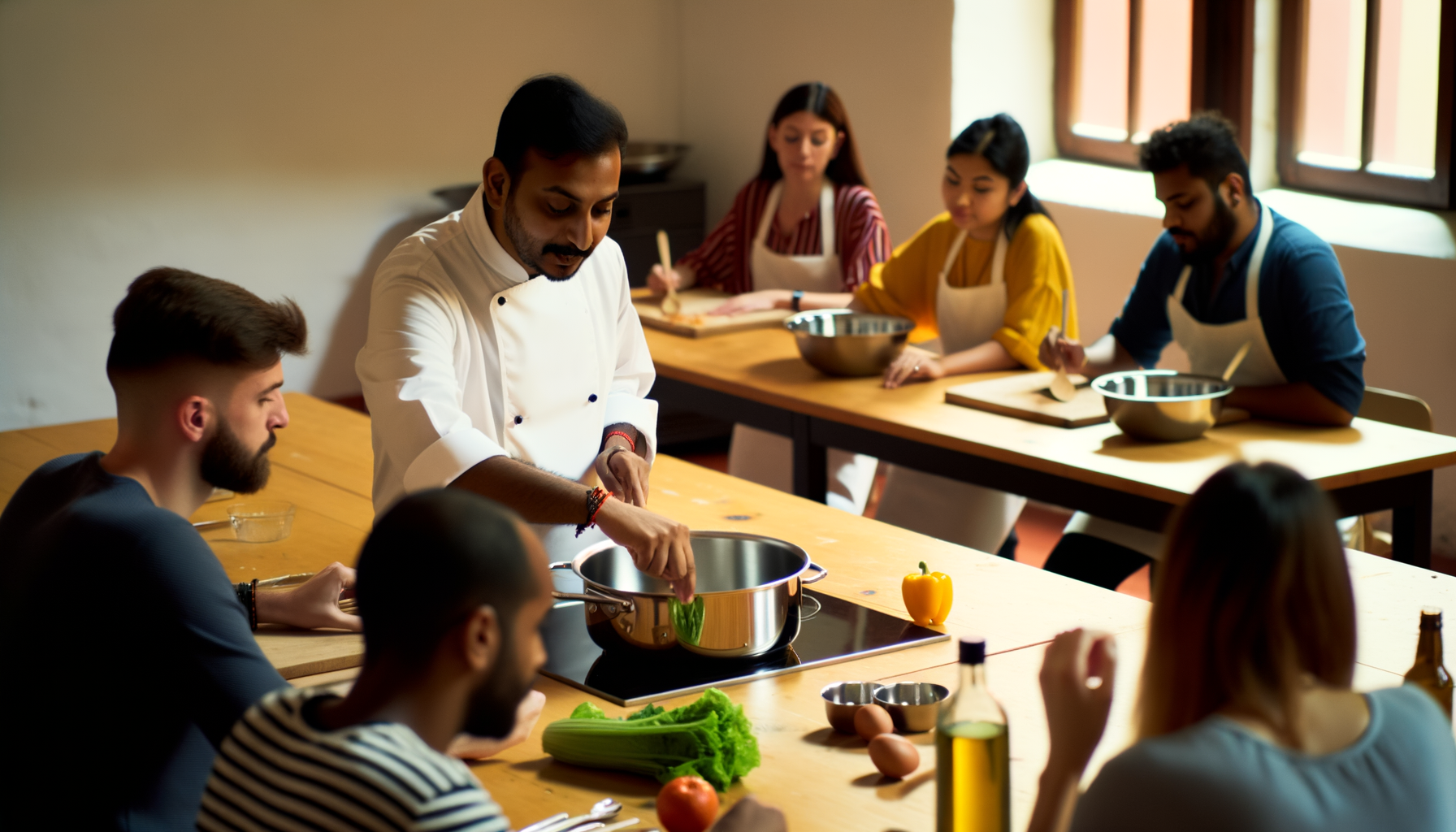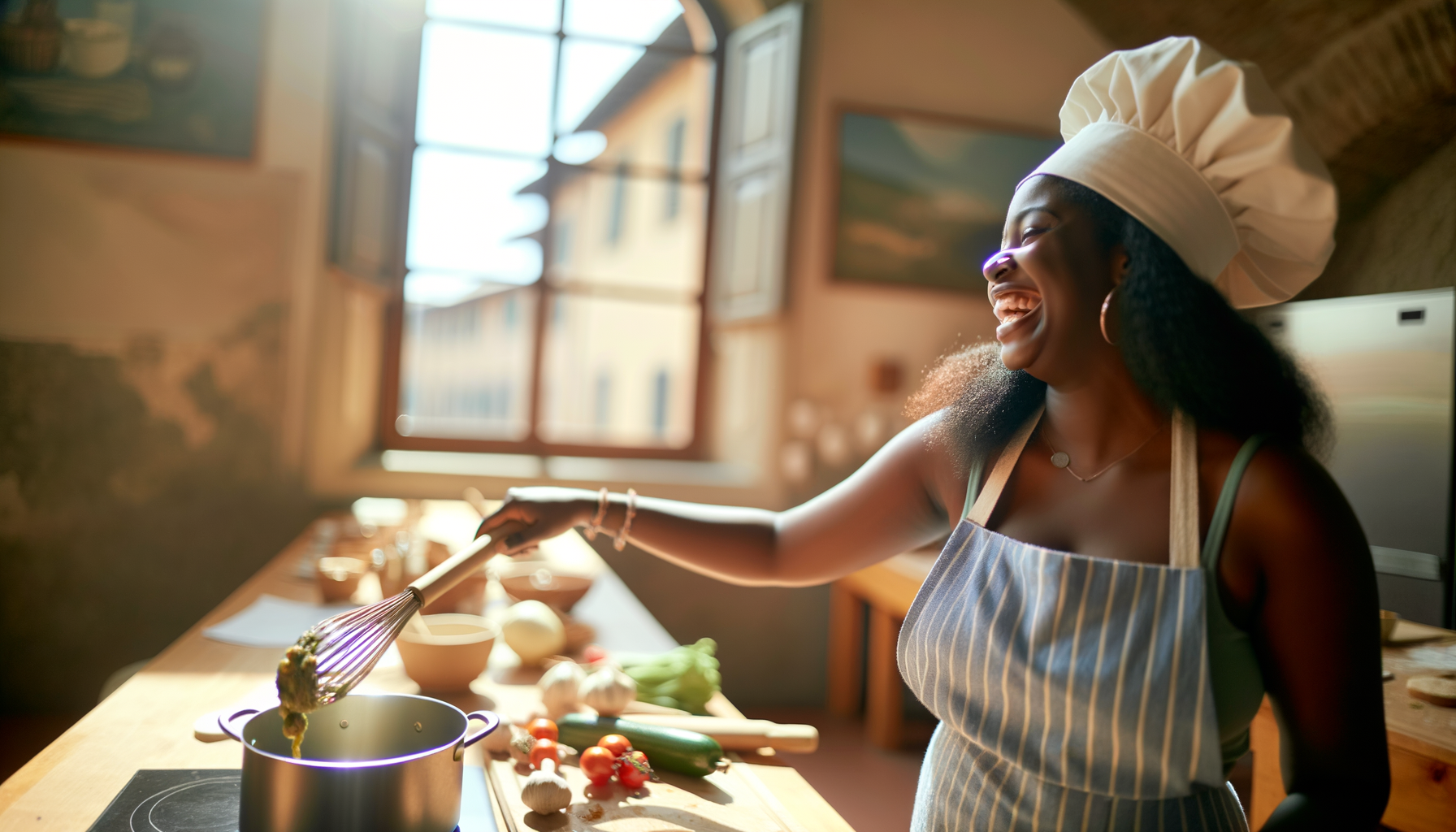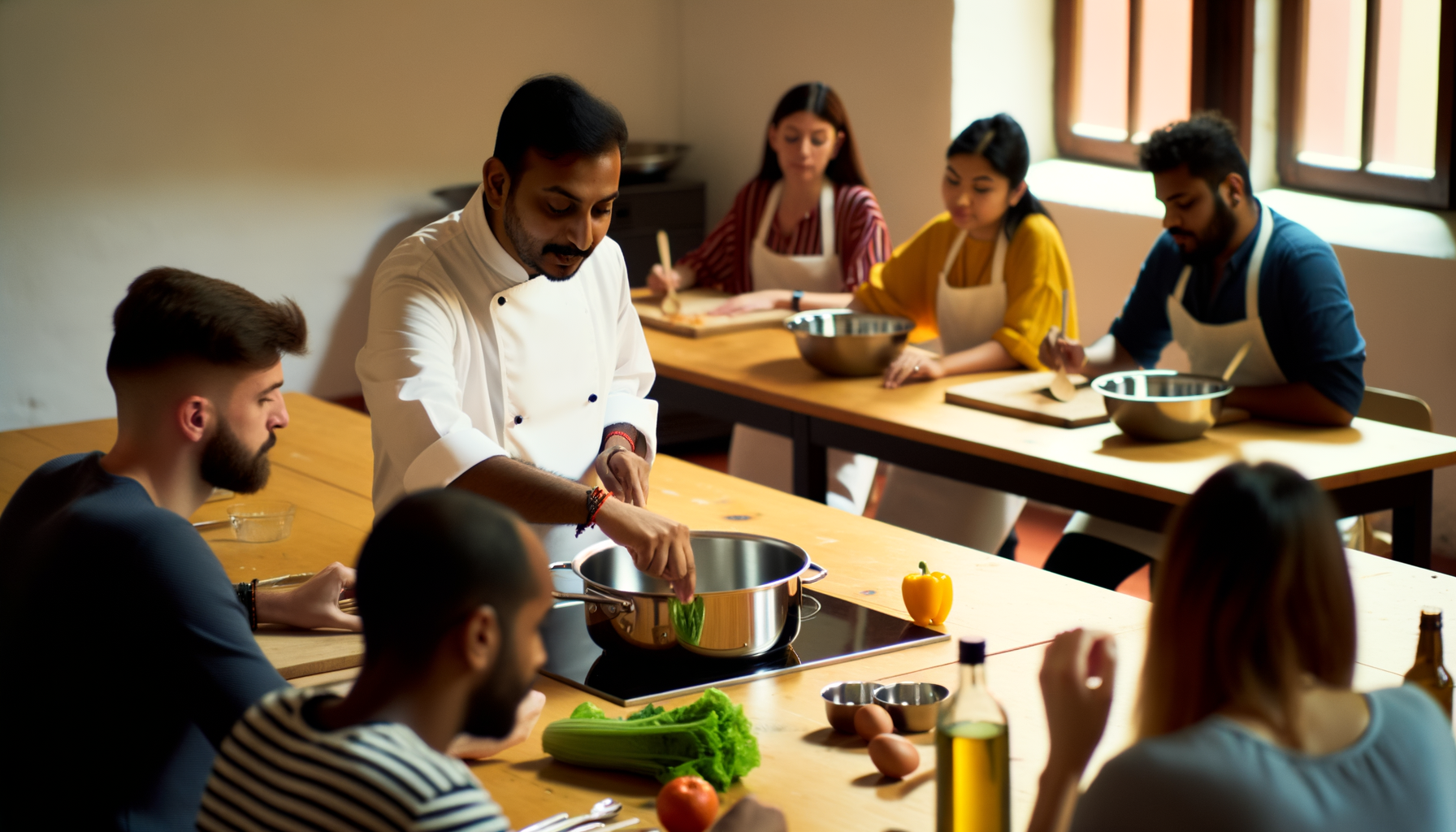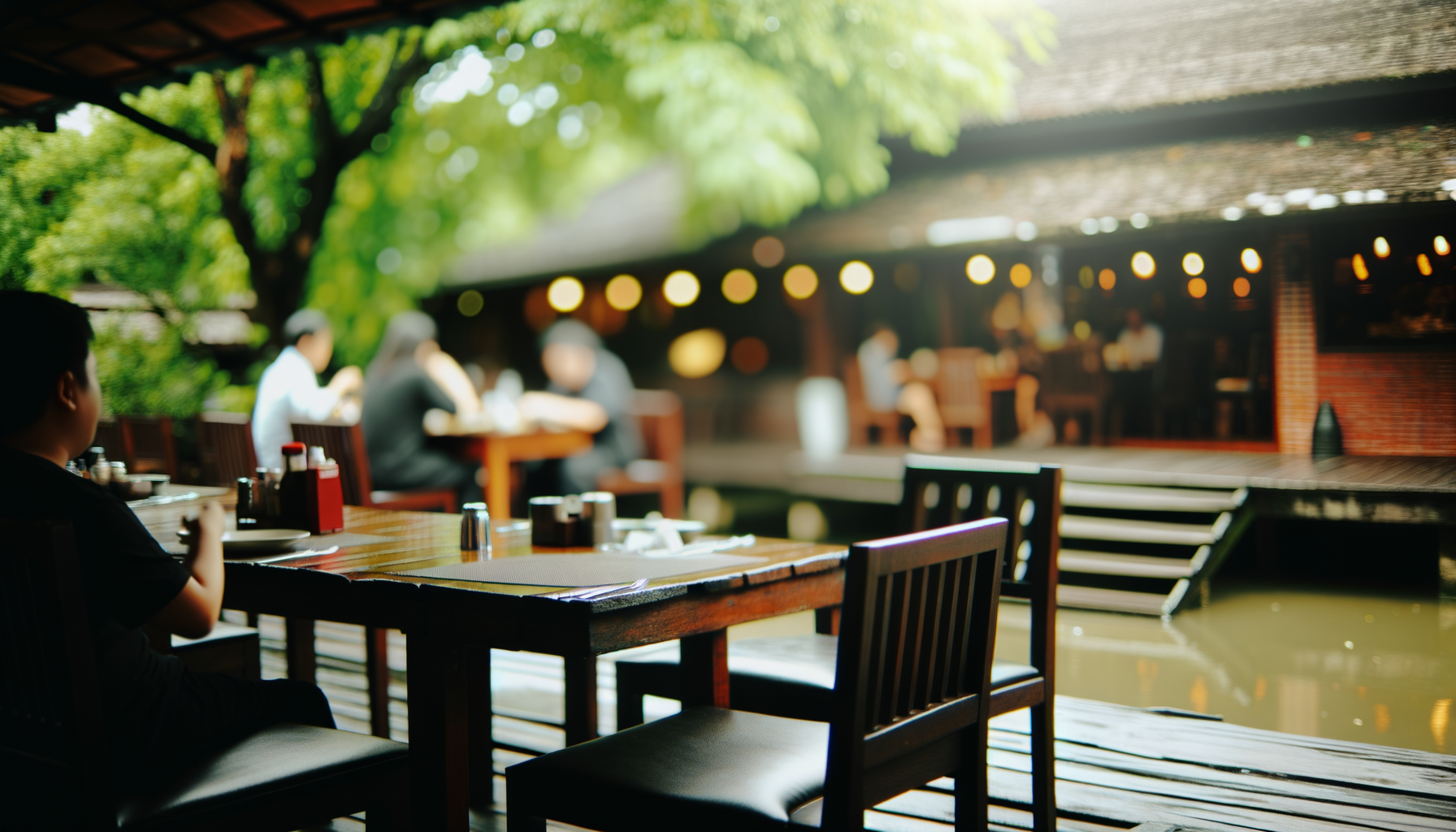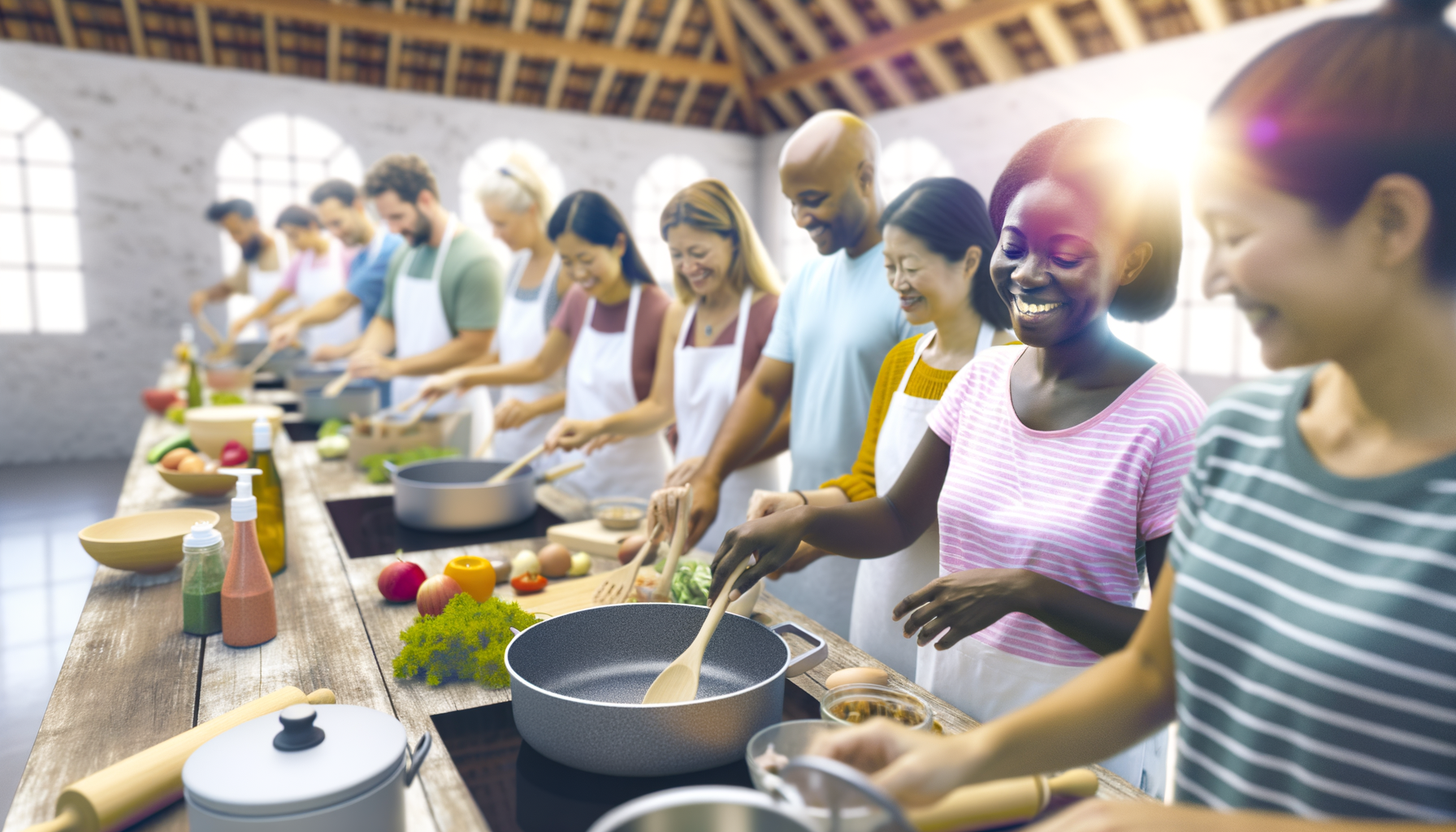When people think of Bengali food, the mind jumps directly on the fish. Maachh-Bahaat is probably excellent, but there is a lot on the table every day.
If you’ve ever peeked into a Bengali kitchen—or better yet, been fed in one—you know the real story. From a warm cup of morning tea to that last spoon of ghee-laced rice, it’s a full-on flavor journey. Let’s take a peek into what a typical day of Bengali eating really looks like.
The tea is the beginning ritual
Start your day in Bengal, and you’ll hear one word everywhere—''cha''. That first cup of tea is sacred. It’s milky, strong, and usually sweet. Served in steel cups at home or a clay “bhar” on the roadside, it’s more than just a drink. It’s a moment.
What’s usually alongside?
- A pair of Mary biscuits or parle-g
- Puffy
- Some remaining shingara or homemade nimki from the day before
Kids might get milk instead, and some elders like their tea strong and unsweetened. But one thing's sure—the day doesn’t really start until cha does.
Read More: Papdi Chaat Recipe: How to Bring India’s Favorite Street Snack Home
Breakfast: Lazy on Sunday, fast on Monday
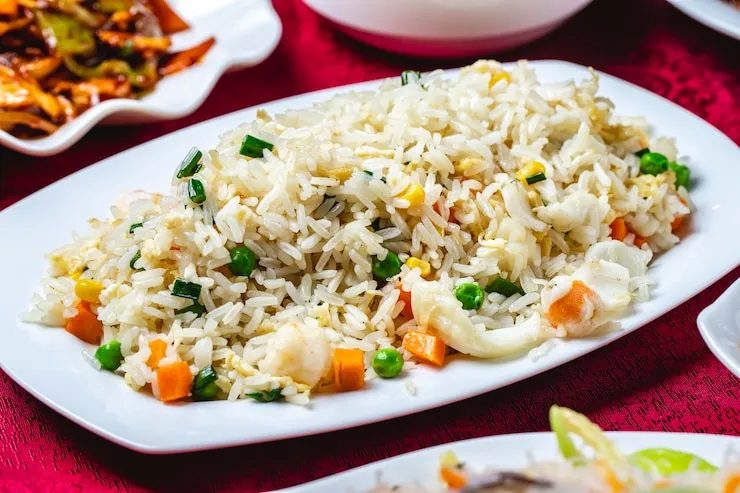
During the week, breakfast is often about work or get something early before school. But come Sunday? There is another scent from the kitchen.
On the record you can find:
- Luchi (the fluffy, deeply fried beauties) with spicy alu torkari
- A bowl of chirer pulao (flattened rice with peanuts and veggies)
- Dim toast—a spicy take on egg sandwich with Bengali flair
The moment you smell luchi frying, you know it’s going to be a good day.
Lunchtime: More Than Just One Dish
Lunch in a Bengali household is like a mini celebration. It’s not about one curry and done—it’s a series of tastes. Everything has a place, from bitter to sweet.
A classic home-style lunch might go like this:
- Dal, often served with beguni (batter-fried eggplant)
- A seasonal veg dish, maybe lau chingri (bottle gourd with prawns)
- Fish curry – could be rohu, hilsa, or whatever’s fresh from the market
- Chutney – tangy, sweet, and sticky (often tomato or mango)
- Papad for that final crunch
- And yes, there’s always mishti—maybe a sandesh or spoon of payesh
People may skip a few steps on busy days, but the format never really changes. It’s layered. It’s deliberate. It’s Bengali.
Afternoon Snacks: Time for Adda and Telebhaja
By late afternoon, most Bengali homes start gearing up for tea round two. But now, it’s more about snacks and stories.
Popular nibbles include:
- Shingara with that flaky shell and soft filling
- Beetroot or egg chop, deep-fried and spicy
- Telebhaja—a fancy word for fritters (onion, brinjal, or potato)
Everyone gathers, cha is poured again, and the adda (casual chatting) begins.
Dinner: Wind-Down Mode
Dinner in Bengali homes is usually simpler than lunch. It’s not rushed, but it’s comfort food at its finest.
A regular dinner could be:
- Rice and musur dal (red lentils)
- Egg curry and fish stew.
- A stir-fried veggie like bandhakopi (cabbage)
- Roti with ghonto (mixed vegetable curry) or aloo posto
Nothing fancy, but always filling. And if you’re lucky, someone brings out a leftover sweet at the end.
Seasonal Twists and Festival Feasts
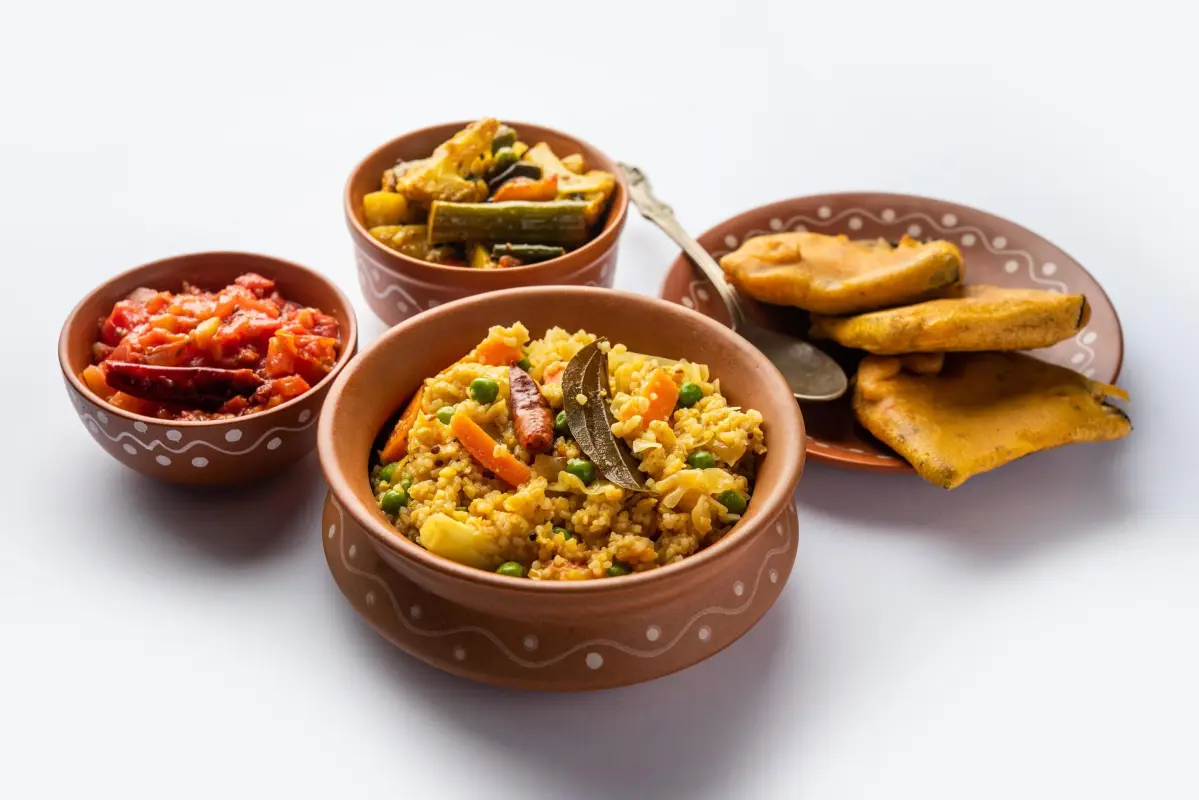
Bengali food shifts with the weather. Winter means jaggery-laced desserts like notun gur-er payesh and various pithe.
Summertime is for refreshing sabji, green mango chutney, and light, zesty foods like tok dal. During festivals? All bets are off:
- Durga Puja bhog with khichuri, labra, and begun bhaja
- Ilish bhapa – steamed hilsa with mustard
- Prawns are added in coconut paste.
Sweets? They just keep coming.
Eating : Culture in Bengal
In Bengal, food isn’t just fuel. It’s a language. A way to show care. Meals are often lovingly served by mothers or grandmothers. Everyone sits together, chats, and eats slowly.
Street food has its own charm too. From the guy who knows exactly how you like your phuchka, to the roll-maker who remembers your name—food is personal.
The Veg Side of Things (Yes, It Exists!)
Let’s clear this up—not every Bengali eats non-veg every day. Plenty of traditional Bengali dishes are vegetarian, and they’re just as beloved.
Here are some gems:
- Mochar ghonto – banana blossom magic
- Echorer dalna – jackfruit curry that tastes like mutton
- Chapor ghonto – mashed veg curry with lentil cakes
- Shukto – bitter, sweet, and creamy
These dishes don’t play second fiddle to fish. They’re stars in their own right.
Street Food Love
Step outside, and you’ll see people crowding stalls for their favorites. The para (neighborhood) street food culture is buzzing all day.
Top picks include:
- Egg roll – flaky paratha wrapped around fried egg, onions, and sauces
- Phuchka – tangy, spicy, exploding with flavor
- Churmur – a smashed-up version of phuchka with tamarind and spices
- Ghoti gorom – nuts and masala served in paper cones
It’s fast, affordable, and full of character.
Sweet Tooth Nation
If Bengalis could be defined by one craving, it would be mishti. A meal without something sweet? Unthinkable.
Favorites include:
- Rosogolla – spongy, syrupy, unforgettable
- Sandesh – elegant, soft, and fragrant
- Mishti doi – chilled, caramelized yogurt heaven
- Pantua, chomchom, kheer kodom—take your pick
Even the most health-conscious uncle will say, “Just one bite,” and it never ends there.
Bengalis Today: Mixing It Up
Modern life has changed some habits. People grab cereal, smoothie bowls, or order biryani online. Kids might ask for pasta. But traditions still hold.
Sundays are still about Luchi, and the festivals still smell like Ghee and Gobindobhog Rice. New foods are added, but the heart of Bengali eating - warmth, diversity and joy - unchanged.
Bengali food beyond Bengal: How migrants keep it alive
Don't be in Bengal to enjoy Bengali food. In cities such as Delhi, Mumbai and Bengaluru, Bengalic houses still wake up to the aroma of fresh boiled rice and mustard curry. While the material can be changed with geography, the essence remains untouched.
Fish recipe might be come frozen, not fresh from the local haat, but it’s still cooked with love in mustard gravy. Luchi, that golden puff of joy, sometimes gets a twist — made with a mix of wheat flour for a softer bite or even air-fried by the health-conscious. Over time, the Bengali diaspora has gotten creative.
Shukto, once a medley of bitter veggies, now gets a simplified spin — fewer ingredients but all the soul. Young Bengalis experiment too.
Pasta in posto sauce? Yes, that’s a thing now. You’ll even spot fusion dishes like mochar chop sliders or fish fry tacos at modern pop-ups. These aren’t just quirky experiments — they reflect the longing to stay connected to roots, even in a changing world.
What’s touching is that the spirit of Bengali cooking survives even when the exact recipes don’t. The slow pace of a Sunday lunch, the careful layering of flavors, and the habit of chatting endlessly at the table — all of it continues, wherever Bengalis go. Whether it’s a rented apartment in Pune or a cozy flat in Singapore, the smell of fried begun or the crackle of panch phoron always feels like home.
Food as Emotion: The Heart Behind Every Bengali Meal
For a Bengali, food is never just food. It’s memory, it’s love, and sometimes, it’s mischief. Think of the arguments over who gets the hilsa roe. Or the way your grandmother sneaks you an extra sandesh while telling you not to tell your sibling.
Food is not only eaten - they are experienced. Even a simple lunch can become an event with stories and jokes. Each life phase has its own food memory.
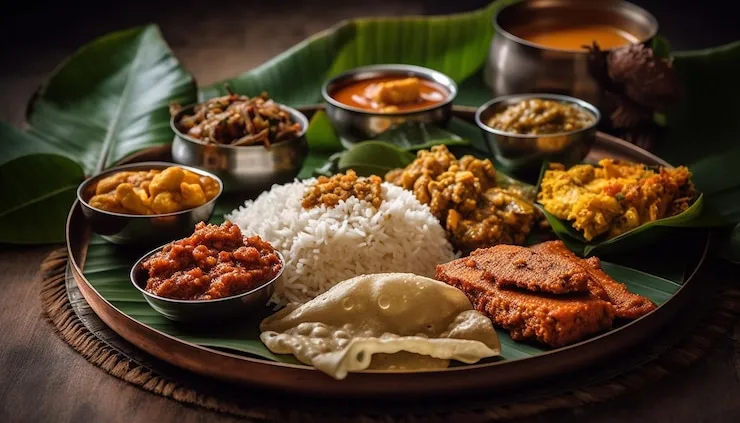
Every stage of life has its own food memory. As a child, you waited for Sunday because that meant mangshor jhol and rice. During exams, your mother gave you ghee-bhaat for "energy." When someone fell sick, you reached for warm muri and banana.
At weddings, you didn’t care about the decor — you looked forward to the steaming pulao and chingri malai curry. And when someone passed away, it was khichuri and beguni that gave silent comfort to grieving hearts. That’s how deeply food is tied to emotion in Bengali households.
Even the act of offering food is different. "Ektu niye dekh na," isn’t a suggestion; it’s an invitation soaked in care. Eating is never rushed. Meals stretch over conversations.
People eat together, not just for the sake of sharing plates but to share lives. And long after the plates are cleared, someone still sits back, sighs happily, and says, “Besh kheyechi.” That one line says it all — satisfaction, warmth, and a full heart.
So what do Bengalis really eat?
All. They eat with enthusiasm, and with enthusiasm in style. Each spoon has a story, a memory in every meal. It's not just fish. This is a whole world.
So next time someone says, "Oh, Bengali just love fish," leave them a plate of Mochar ghonto, Luchi and Rosogola - so see them believers.



